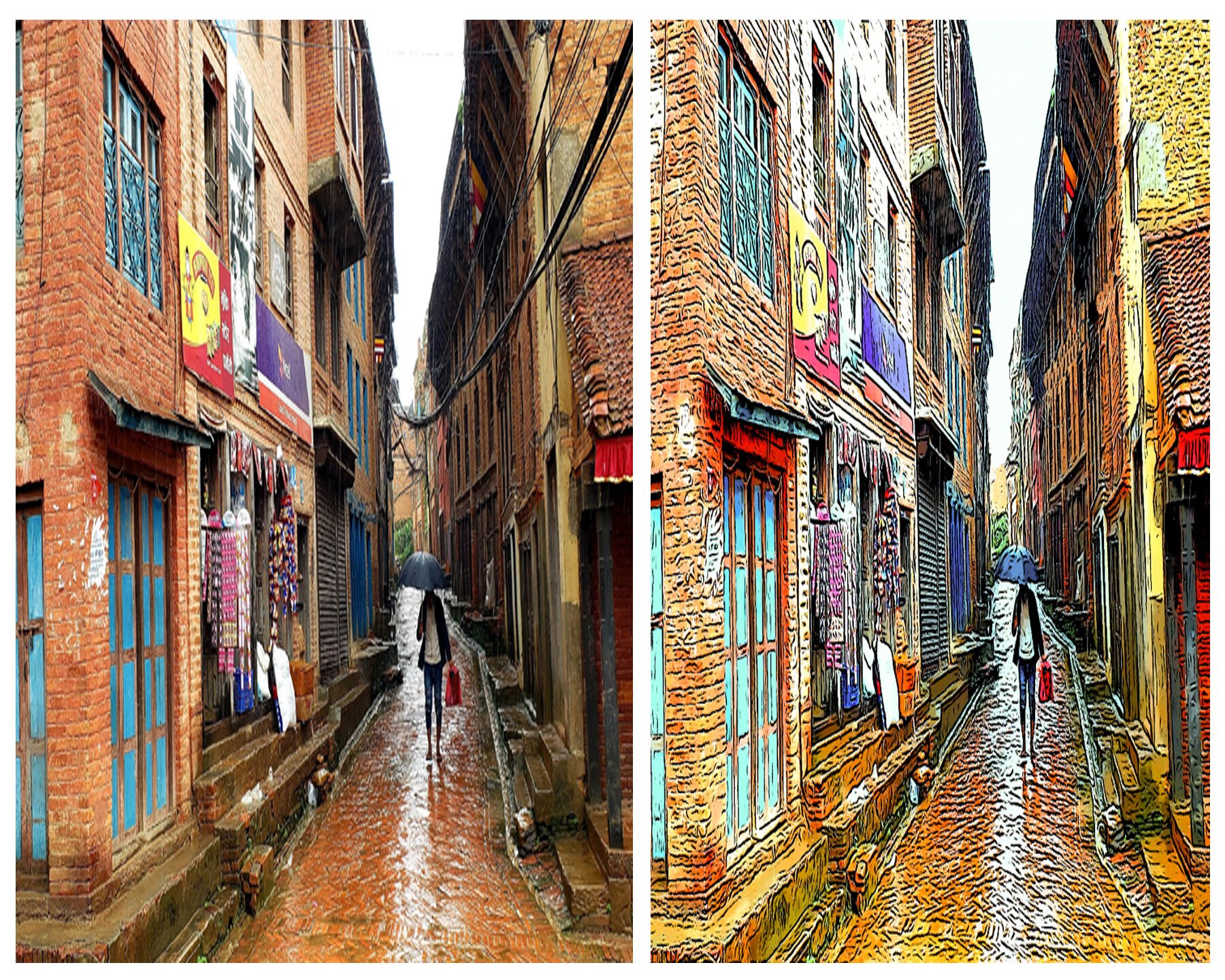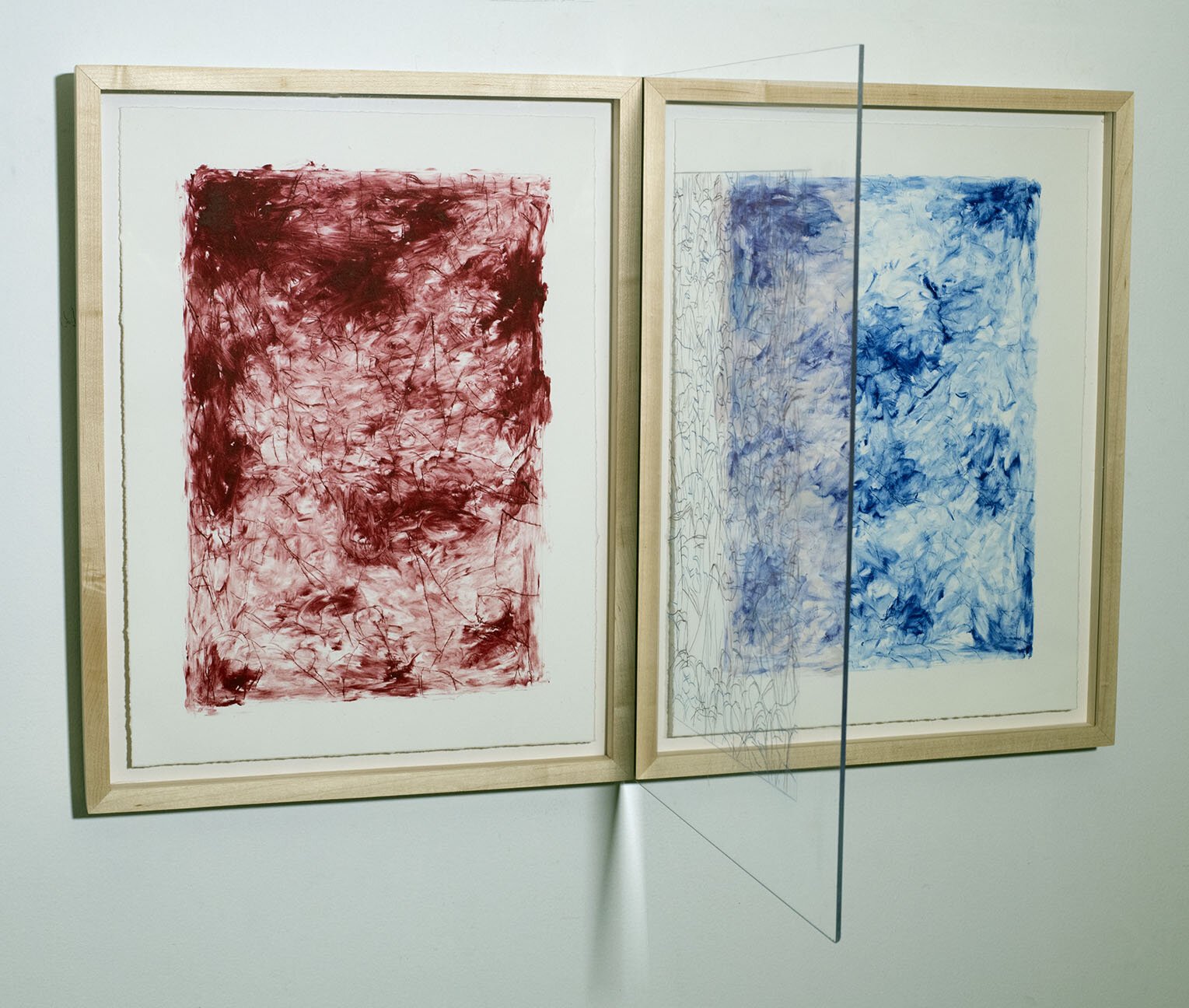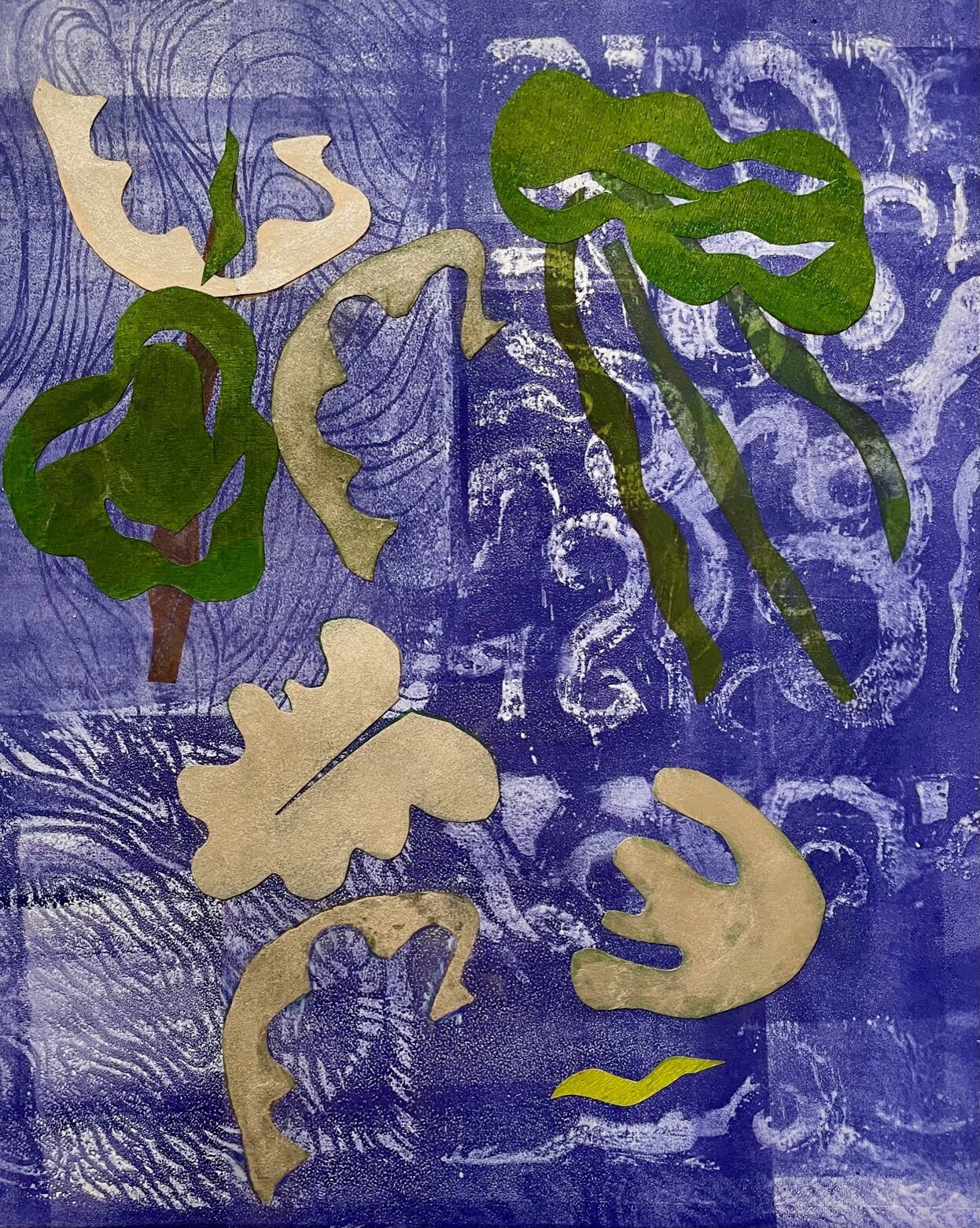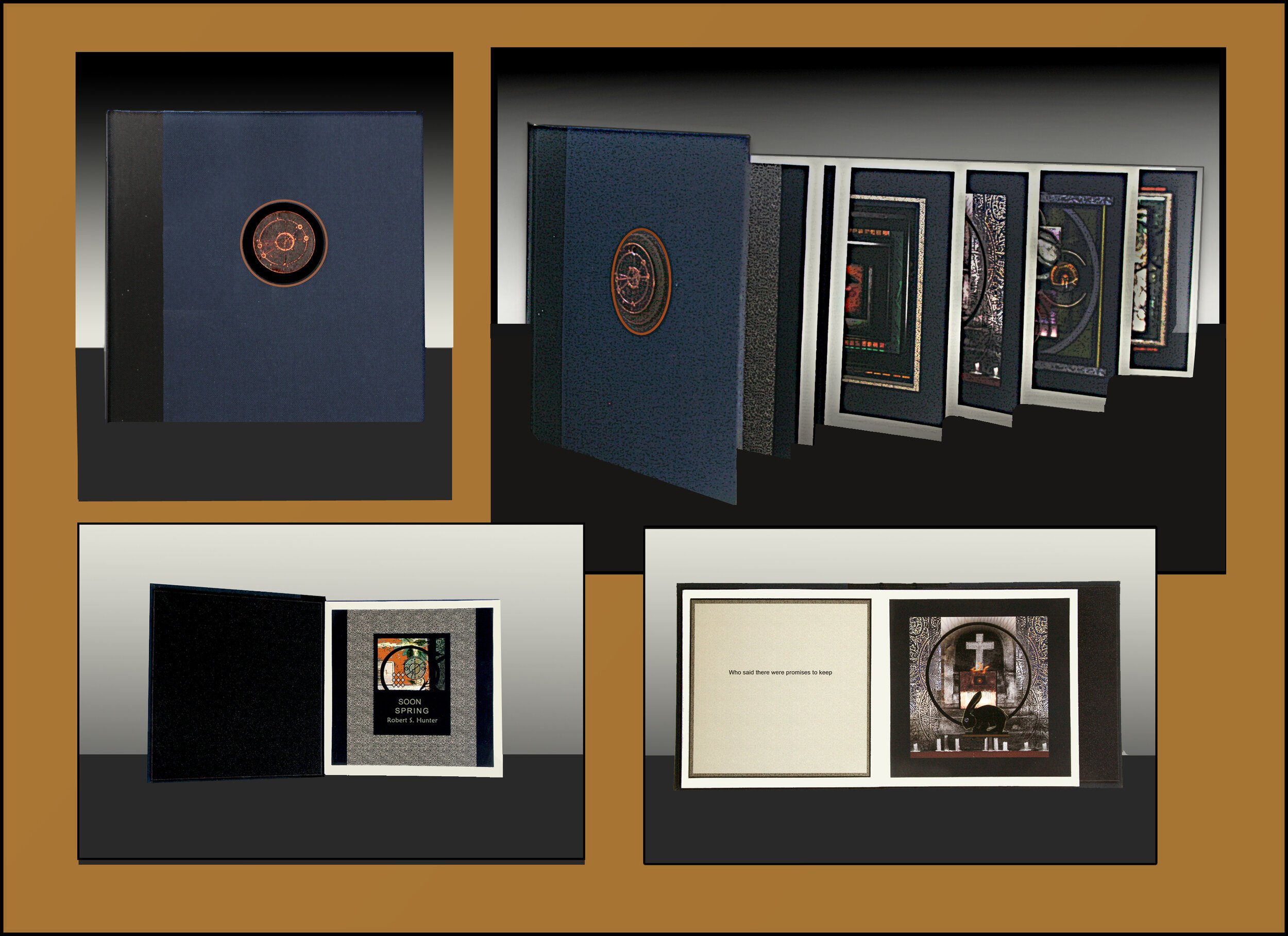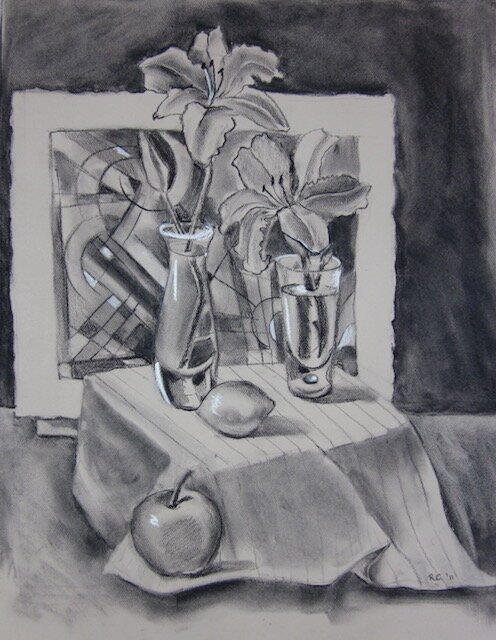Printmaking and photography have long abided by strict rules, but no longer. Etchings, woodblocks and lithographs were usually created in multiples, exactly alike, then carefully numbered. In the late 19th century, “altered states” of a print were created, when an artist made changes to the wood or metal or stone matrix. Then successive prints were pulled, creating a new development in line or tone.
Photography had its origins in 17th c. with the Camera Obscura, famously used by Vermeer in his startling paintings which celebrated a new type of optics. Efforts to make an image permanent resulted in the use of light sensitive plates or film in the camera, invented in 1834. Later, chemicals such as sodium chloride or silver nitrate created new realities in the photograph.
Metamorphosis examines the ways in which printmakers and photographers are making use of new technologies in their works.
A printmaker may start with a classical drawing, then paint a version in color onto acrylic sheets which are then printed onto fine handmade paper. Collage elements may be added, or successive layers may be printed from other matrices. Some prints may find their way into artists’ handmade books.
Photographers may augment their work using digital means, or by printing on varying surfaces, from paper to metal to acrylic. They respect the history of their craft but use new methods to arrest the viewer. Their work may grow into a three-dimensional sculpture.
We at WPG are celebrating the magical transformation of springtime, positive change and new vistas. We are taking tradition and creating new realities with 21st century means, all the while respecting the disciplines from which they came.
Member artists:
Marie-B Cilia De Amicis • Rosemary Cooley • Amy Guadagnoli
• Robert S. Hunter • Clara Young Kim • Ron Meick • Nina Muys • Keith Palmer • Leslie Rose •
Deborah Schindler • Norman Strike • Elizabeth Sullivan • Matina Marki Tillman

